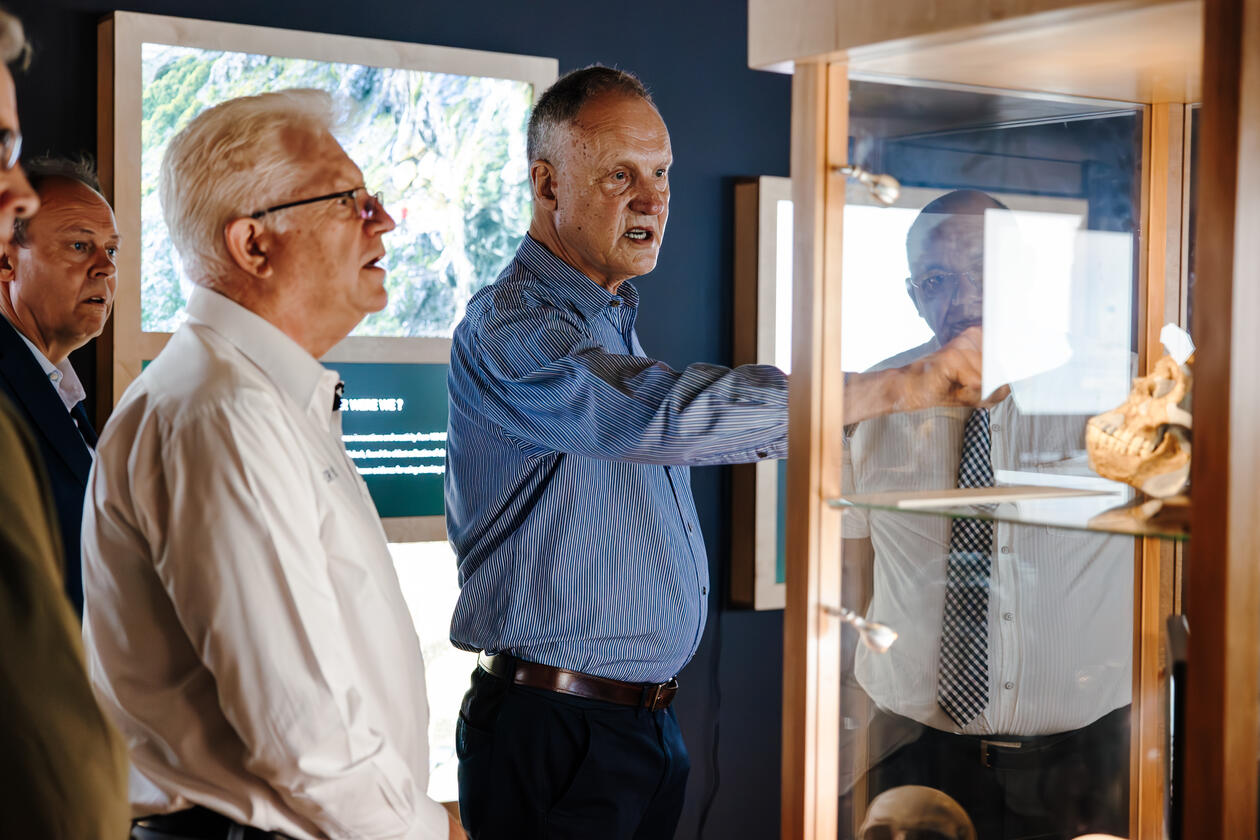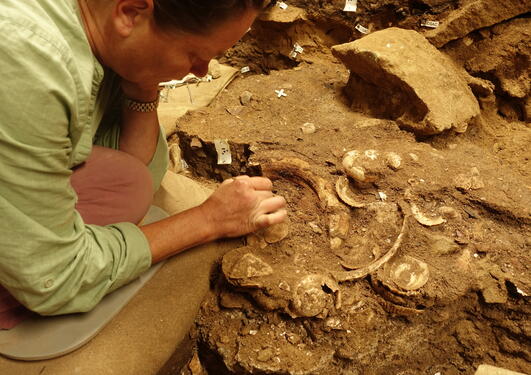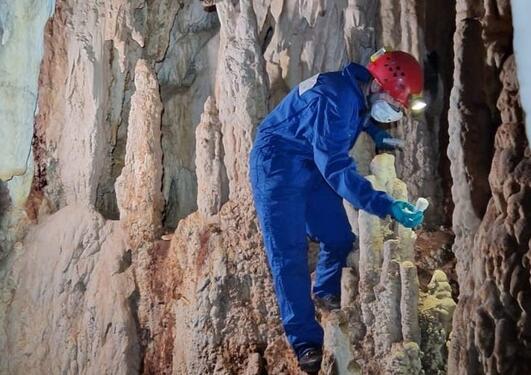We are all one
A new SapienCE exhibition has opened in South Africa. The 'Origins of Early Southern Sapiens Behaviour” showcases unique archaeological discoveries offering visitors a distinct cultural experience in the heart of the De Hoop Nature Reserve.

Main content
The De Hoop exhibition 'Origins of Early Southern Sapiens Behaviour' is a culmination of decades of research by the SapienCE/Wits scientists, including Professor Christopher Henshilwood, Dr Karen van Niekerk, Professor Sarah Wurz, and their teams. The exhibition is curated by Craig Foster and archaeologist Petro Keene and is hosted at the De Hoop Collection.
A cultural experiences of South Africa
Visitors are invited to explore the rich prehistory and discoveries made by SapienCE scientists through curated exhibits and additional interactive elements incorporated to enhance the learning experience. The exhibition also emphasises the message that we are all one – we all come from Africa.
"The exhibition aims to enhance visitors' cultural experiences of South Africa while the immersive nature of the exhibition may itself provide a unique opportunity for the audience to engage with the subject matter", Professor Christopher Henshilwood, director of SapienCE SFF (Centre of Excellence), University of Bergen explains.
Lifestyles and behaviours of early humans
“The De Hoop exhibition focuses specifically on the archaeological heritage and rich marine environment of the Southern Cape coastline. It showcases unique discoveries from archaeological sites such as Blombos Cave, Klipdrift Shelter, and Klasies River, where early Homo sapiens lived between 120,000 and 50,000 years ago”, Henshilwood says.
The exhibition includes artefacts, displays, and multimedia elements that provide insights into the lifestyles and behaviours of early humans in the region. The exhibition aims to highlight the cultural significance of the three archaeological sites.
Henshilwood says that he is proud to say that the exhibition is a result of decades of archaeological research in the southern Cape by SapienCE/Wits scientists.
Showcasing the life's work of SapienCE scientists
“Given the significance of the exhibition in showcasing the life's work of a number of SapienCE scientists specifically Dr Karen van Niekerk, Professor Sarah Wurz and myself, I believe there is a sense of accomplishment and pride in seeing our work of 35 years being showcased at the exhibition”. Henshilwood says.
He wants to thank the University of Bergen, The Research Council of Norway, University of the Witwatersrand (Wits), and the South African National Research Foundation for the support they have provided over the years.
“I am very grateful to everyone who has made our research possible, and also for the opportunity to showcase the discoveries in exhibitions – both in Norway and in South Africa.”



